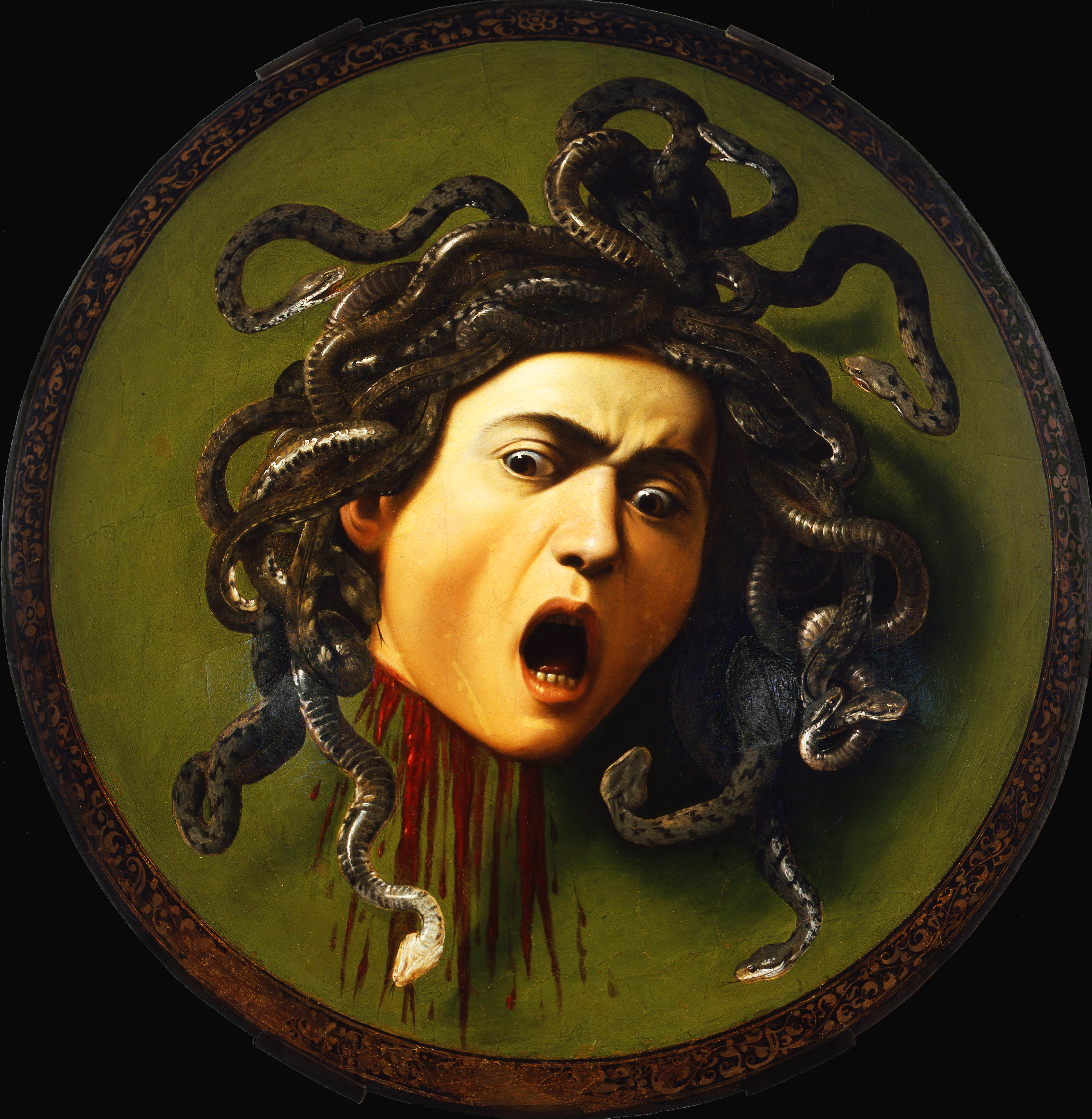


I didn’t know that she was a young woman particularly revered for her beauty, and for me, that was a moment of interest. I hadn’t really spent much time considering her life before. When did you begin thinking about reimagining Medusa’s story and examining her personal journey before she was cursed and beheaded? Or, in the most positive sense, a kind of feminine rage. She has been surrounded by connotations of negativity. All we really know is that she’s a woman whose hair was turned into snakes, with a terrifying stare that turns men to stone. I don’t remember when I first saw that, but whenever I thought of Medusa, I thought of that image by Caravaggio.īut when you look into the sources, there’s just so little about her, who she was, and why she was turned into a monster or gorgon. I only knew Medusa from the painting by Caravaggio, his infamous, almost circular self-portrait as Medusa. It was actually less through the written word and more through art. We had the chance to chat with Burton over email about the legend of Medusa, her new novel, and what it is like creating a feminist version of an ancient tale.Ĭan you tell us a little about your personal history with the Greek myth of Medusa? When did you first hear it, and what were your original impressions? Burton’s Medusa is “a girl on the edge” after enduring a sexual assault for which she is unjustly punished. However, Burton’s take is unique in that it explores Medusa as a teen girl who must reinvent herself to survive. Author Jessie Burton’s new novel, Medusa: The Girl Behind The Myth, is one retelling. Arts and culture This New Novel Explores a Different Side of the Medusa Mythįor thousands of years, the Greek myth of Medusa has inspired countless retellings and works of art.


 0 kommentar(er)
0 kommentar(er)
